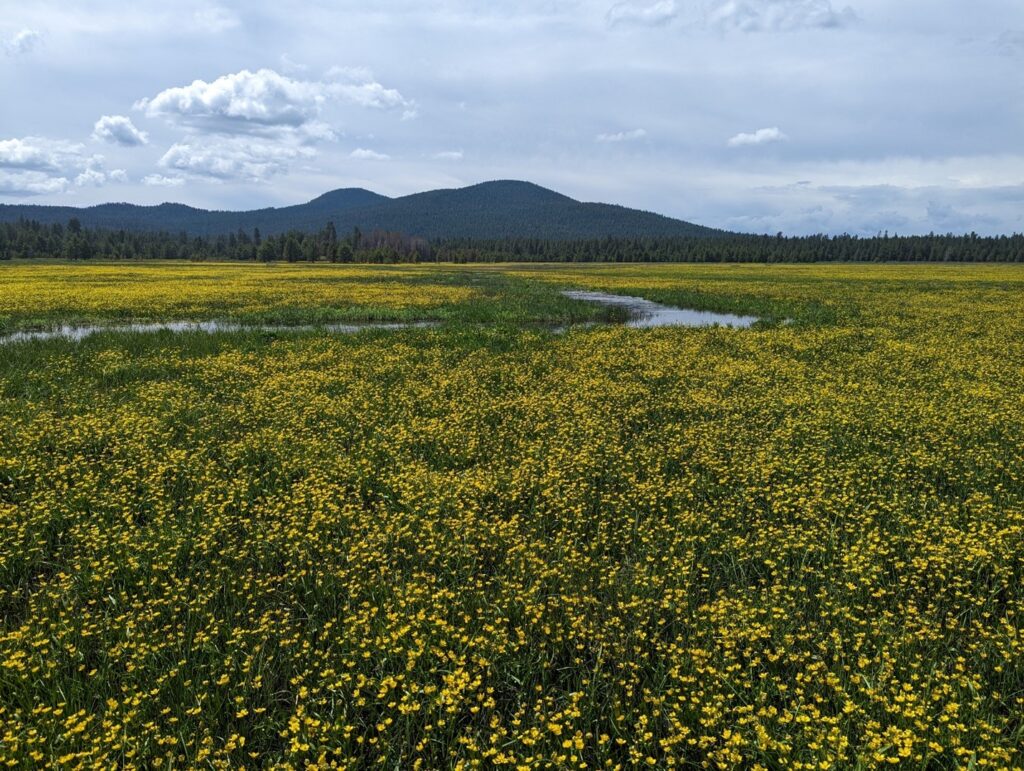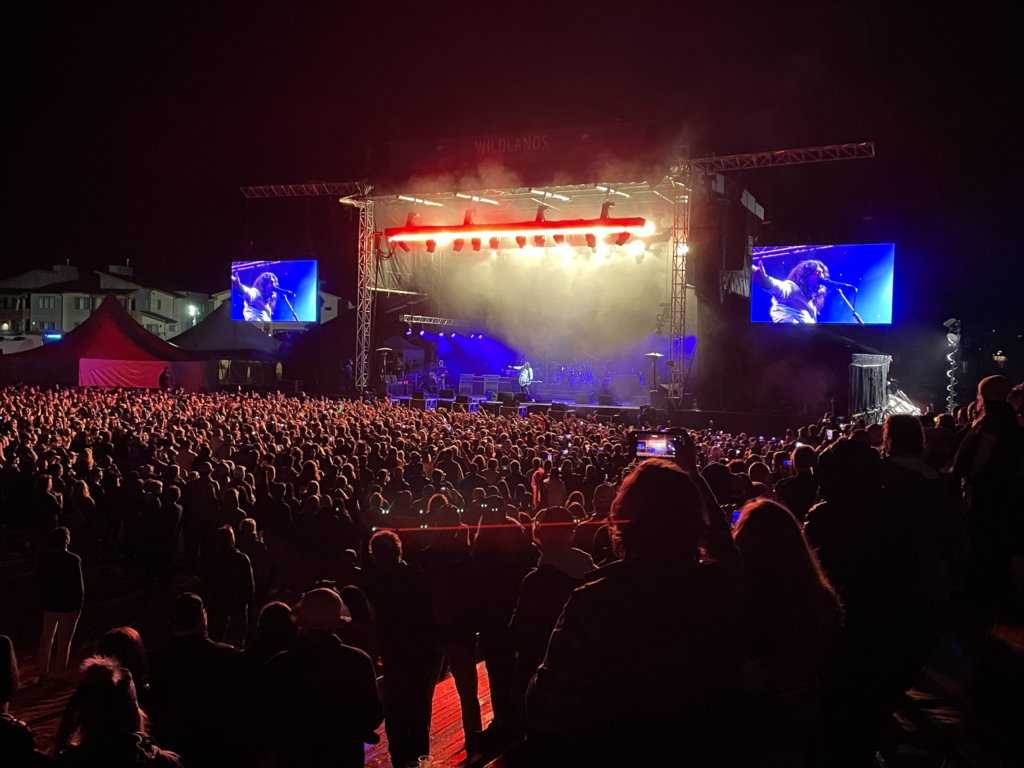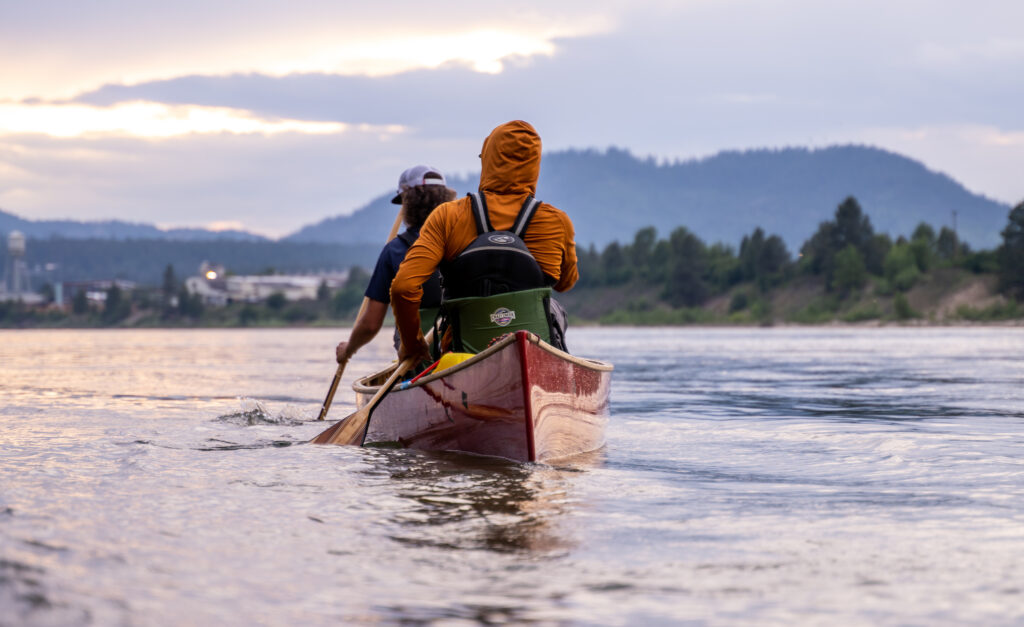Ripple Effects Episode 4: Steamboat Springs, Colorado
Living on a wild river means that the people that use the river – the ranchers, the recreationalists, and the water drinkers – have adapted to flow variability on this scarcely regulated river.
This blog post was written by Kelly Romero-Heaney, Water Resources Manager for the City of Steamboat Springs. Join us to learn more about Steamboat’s connection with the Yampa River.
The Yampa River is wild…mostly.
Its 7,660 square mile watershed contributes to over 250-miles of river flowing through Steamboat Springs and down to ranching towns, like Hayden, Craig, and Maybell before carving its way through the spectacular Yampa Canyon in Dinosaur National Monument where it meets the Green River in Echo Park.
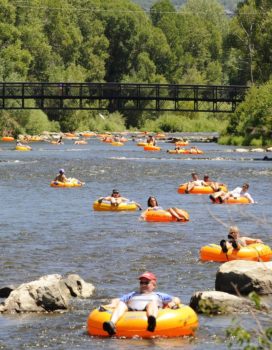
Yampa River | Photo by City of Steamboat Springs
Unlike the majority of Colorado rivers, there are no trans-basin diversion conveying its waters to the East Slope to serve the sprawling Denver Metro Area and there is no major reservoir on the Yampa River that would interrupt its natural flow of water and sediment. But the Yampa River is still a managed system and wild only to a degree. Several small reservoirs – the largest of which is Stagecoach Reservoir at 36,000 acre-feet – can influence flows in the late summer. There are hundreds of agricultural diversions that support flood-irrigation of hayfields and municipal and industrial diversions that supply the Yampa Valley communities plus two coal-fired power plants. There is even an artificially constructed Recreational In-Channel Diversion – a recreational water right that doesn’t take water out of the Yampa but that conveys flow in a way to enhance the recreational experience for rafters, kayakers, SUP-ers, and tubers in Steamboat Springs. In addition to a century of riparian vegetation removal to make way for hayfields and urban development, decades of gravel-mining has reconfigured the channel above Steamboat and disconnected the river from its floodplain in spots.
Only a bunch of scrupulous water managers would conceive of footnoting a phrase that fits so nicely on a bumper sticker –The Yampa is Wild. But truth be told, the Yampa is about as wild as it gets in Colorado.
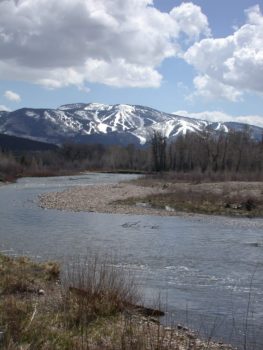
Yampa River | Photo by City of Steamboat Springs
Living on a wild river means that the people that use the river – the ranchers, the recreationalists, and the water drinkers – have adapted to flow variability on this scarcely regulated river. For example, 2018 was a particularly hot and dry year with stream temperatures nearing 80-degrees Fahrenheit in Steamboat Springs. To reduce stress on aquatic life, the City responded with voluntary river closures to all river recreation. Tube rental companies and fly-fishing outfitters took an economic hit and visitors to the area didn’t get to play in the Yampa River as planned. In contrast, this summer the Yampa River is flowing fast and wild late into this summer thanks to a last season’s great snowpack coupled with a lingering wet and snowy spring. The Yampa is so fast, in fact, that tube rental companies are shut down due to dangerously high water conditions. But the rafting is fun, the hayfields are green, and the trout and native whitefish are receiving a reprieve from multi-year droughts and the warm water they’ve endured.
Being a wild river also means that the Yampa is measurably healthier than most rivers thanks to the incremental flow of water, sediment, organic matter, seeds, and debris that its natural flood waters deliver to its floodplain. This recipe for a healthy river system provides a corridor for wildlife and river runners alike.
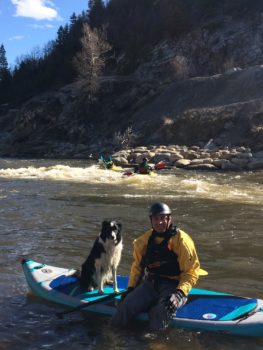
Geovanny on the Yampa | Photo by Kelly Romero-Heaney
Geovanny (my husband) and I spent a therapeutic hour paddle-boarding sans kids last Sunday evening. It was a shorter float than expected due to the still swift current, but just an hour float from the river’s Walton Creek confluence to its Fish Creek confluence told the tale of this managed yet still wild river. Our float began in a backwater slough formed by historic gravel mines and surrounded by dense willows and alders. We quickly met the main channel where a steady pattern of pool, glide, riffle, run required a degree of concentration to stop this less than experienced SUP-er from falling into the bumpier waters. We paddled by the ski area’s snow-making intake, beneath a cottonwood forest with osprey nests above, by a fly fisher casting from her paddleboard, by a tourist family skipping rocks from a high bank, and through an irrigated hayfield on a city-owned conserved parcel.
A railroad bridge spanned the final bend before our takeout and as I drifted towards the center of the trusses, I spotted a dark furry movement to river left. A black bear appeared from the willows and fearlessly trotted across the bridge just as I approached it. There was nothing I could do to stop from drifting just beneath him as he went along his merry way. I surrendered to the current, hoping that he didn’t leap, smiling with gratitude that I live on this this vastly wild river.
Join us and listen in to Episode 4 of Ripple Effects as we explore the incredible connection the City of Steamboat Springs has with its local river, the Yampa.

